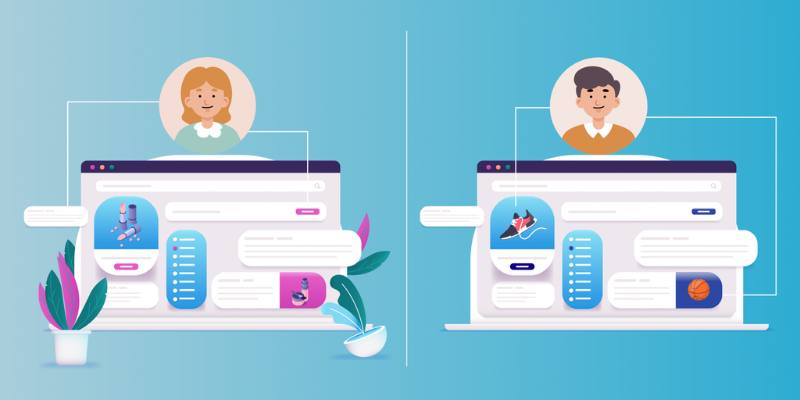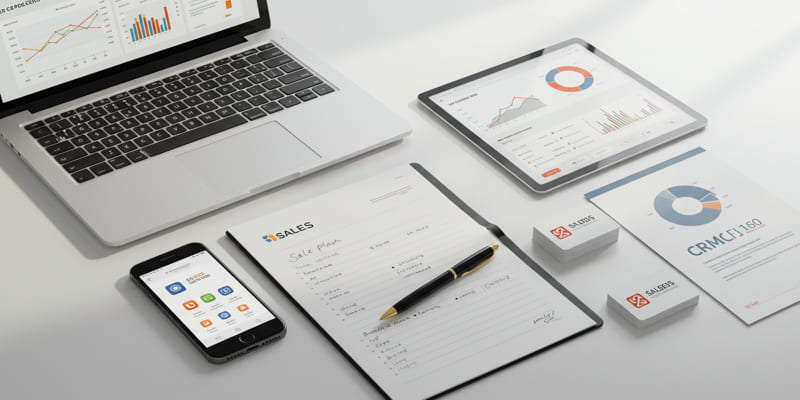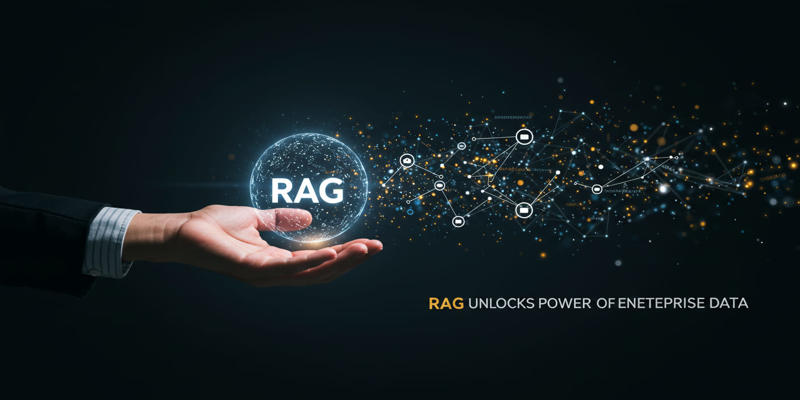In the digital age, content personalization has become crucial for businesses looking to engage their audiences effectively. Generic, one-size-fits-all content no longer works in a world where consumers expect tailored experiences. Personalizing your copy helps you connect with your target audience on a deeper level, ultimately boosting engagement, conversions, and customer loyalty. However, personalizing content goes beyond adding a name to the subject line.
It involves understanding your audience, segmenting your market, and crafting messages that speak directly to their needs and preferences. In this article, we’ll explore best practices for content personalization to help you deliver content that resonates with your audience.
Understand Your Audience Through Data:
The foundation of content personalization lies in understanding your audience. To effectively tailor your messages, you need data that paints a clear picture of who they are, what they like, and how they engage with your brand. This is where analytics tools, customer surveys, and segmentation strategies come into play.
Using customer data, you can build detailed buyer personas. These personas should include demographics, browsing behaviour, purchase history, and interaction patterns. To identify pain points and preferences, you can also analyse customer feedback, such as reviews, social media interactions, and support queries.
By gathering and analysing this data, you can create content that directly addresses the needs of your audience segments, making it more relevant and engaging. For instance, a product recommendation email based on past purchases is far more effective than a generic promotional email.
Utilize Email Segmentation:
Email marketing remains one of the most effective channels for personalized content delivery. However, sending the same message to your entire email list is inefficient. Instead, segment your email list based on relevant characteristics such as age, location, past interactions, or purchasing behaviour.
For instance, if you run an e-commerce store, you could segment your customers into categories such as “repeat buyers,” “first-time visitors,” or “cart abandoners.” Tailor your email copy to each segment by addressing their unique needs. A first-time buyer might receive a welcome email with product recommendations, while a repeat buyer could be sent loyalty rewards or exclusive discounts.
Email segmentation can also extend to more advanced tactics like sending personalized content based on browsing history. For example, if users frequently view sportswear on your site, they might receive an email with updates on new sportswear arrivals or sales on their favourite items.
Personalize Your Website Content:
Personalizing website content is just as crucial as personalizing email. Users who visit your website expect a seamless and personalized experience that caters to their preferences and interests. You can use dynamic content blocks or geolocation targeting to modify website copy based on user data.
For example, if a returning visitor comes to your website, show them personalized product recommendations based on their previous browsing history. Alternatively, you could display targeted messages such as "Welcome back, [Name]!" or suggest content they might be interested in, like blog posts, articles, or products they’ve previously viewed.
You can also use geolocation targeting to offer location-specific promotions. For instance, a visitor from New York might see a banner offering a discount on products available in their area or a link to nearby store locations. This helps make the experience feel tailored, relevant, and valuable to each user.

Use Dynamic Landing Pages:
Landing pages are critical to your marketing strategy, and personalizing them can significantly improve conversion rates. Personalized landing pages help deliver content that speaks directly to the visitor’s interests, making them more likely to take action.
One way to personalize landing pages is by using dynamic content that adjusts based on user data. For example, if a user clicks on an ad promoting a specific product, the landing page they’re directed to should feature that same product prominently. You can also create custom landing pages for different audience segments, providing relevant information for each group.
Personalization on landing pages can be as simple as changing the copy to reflect a user’s location or as advanced as dynamically generating product recommendations. By offering tailored content and experiences, you create a more engaging and effective marketing funnel.
Optimize Personalization for Mobile:
With the growing prevalence of mobile devices, ensuring that your personalized content is optimized for mobile users is crucial. Mobile users expect fast, easy, and seamless experiences when interacting with your content. Personalization on mobile should prioritize simplicity, speed, and relevance.
Ensure your personalized emails and website content are responsive and adapt to various screen sizes. Keep the copy concise; use images and videos that load quickly on mobile networks. Additionally, consider implementing mobile-specific features like personalized push notifications, geo-targeted promotions, or in-app personalized experiences.
Mobile optimization extends to personalized offers and calls to action (CTAs). For example, if a user is browsing on their mobile device, you might provide a one-click option for checkout or a mobile-exclusive discount. These small touches help enhance the mobile user experience and increase the likelihood of conversions.

Test and Measure Personalization Effectiveness:
Personalization requires continuous optimization. Testing and measuring your personalized content's effectiveness will help refine your approach and ensure you reach the right audience with the right message
A/B testing is an effective method for evaluating the impact of personalized content. You can test different subject lines, copy variations, or CTA placements to see which resonates most with your audience. Measure key metrics such as open rates, click-through rates, and conversion rates to gauge the success of your personalized campaigns.
Additionally, analyse the data to understand what works and what doesn’t. Look for patterns in your audience's response to personalized content. Use this information to adjust your content strategy and create more effective personalized experiences.
Conclusion
Content personalization is no longer a luxury—it’s a necessity in today’s competitive digital landscape. By implementing these best practices, you can create more relevant and engaging content that resonates with your audience, builds stronger relationships, and drives higher conversions.
From segmenting your email lists to personalizing your website and landing pages, there are numerous ways to tailor your content for specific audiences. The key is continuously testing, refining, and optimizing your personalized content strategies to stay ahead of the competition. Ready to start personalizing your content? Begin implementing these best practices today for measurable results!











